Into the Amazon: Collaborative Soil Science
By Elisa Diaz García
At the end of 2023 the soil science team of PRODIGY had the opportunity to conduct a field campaign with the participation of two Bolivian students from the Universidad Amazónica de Pando (UAP), two Peruvian students from the Universidad Nacional de San Antonio Abad de Cuzco (UNSAAC) and Universidad Nacional Amazónica de Madre de Dios (UNAMAPD) and five students from the Leibniz University Hannover, Germany. During a two-month fieldwork, the students learned about traditional and new economic activities in the MAP region (Brazil nut, açaí and cacao collection, logging, cattle ranching) by visiting many private properties and concessions outside protected areas. The team also visited the Manuripi-Heath Amazonian Wildlife National Reserve (Pando, Bolivia) and the Tambopata National Reserve (Madre de Dios, Peru) with experienced local guides and researchers. To reach the Tambopata National Reserve we crossed the Tambopata River by boat.
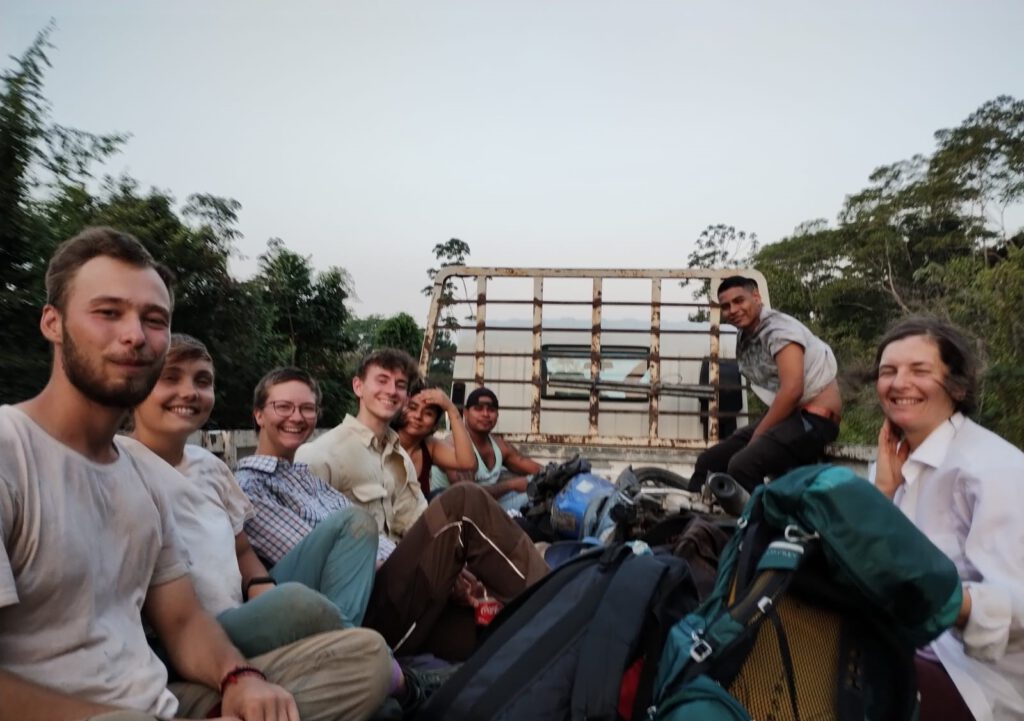
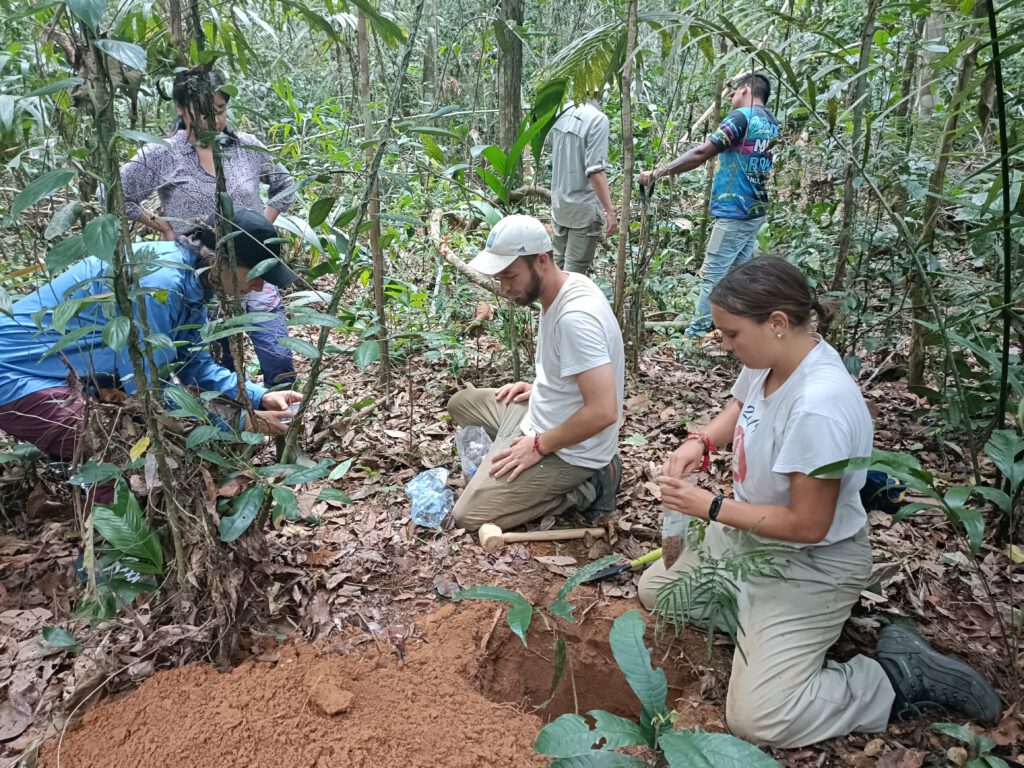
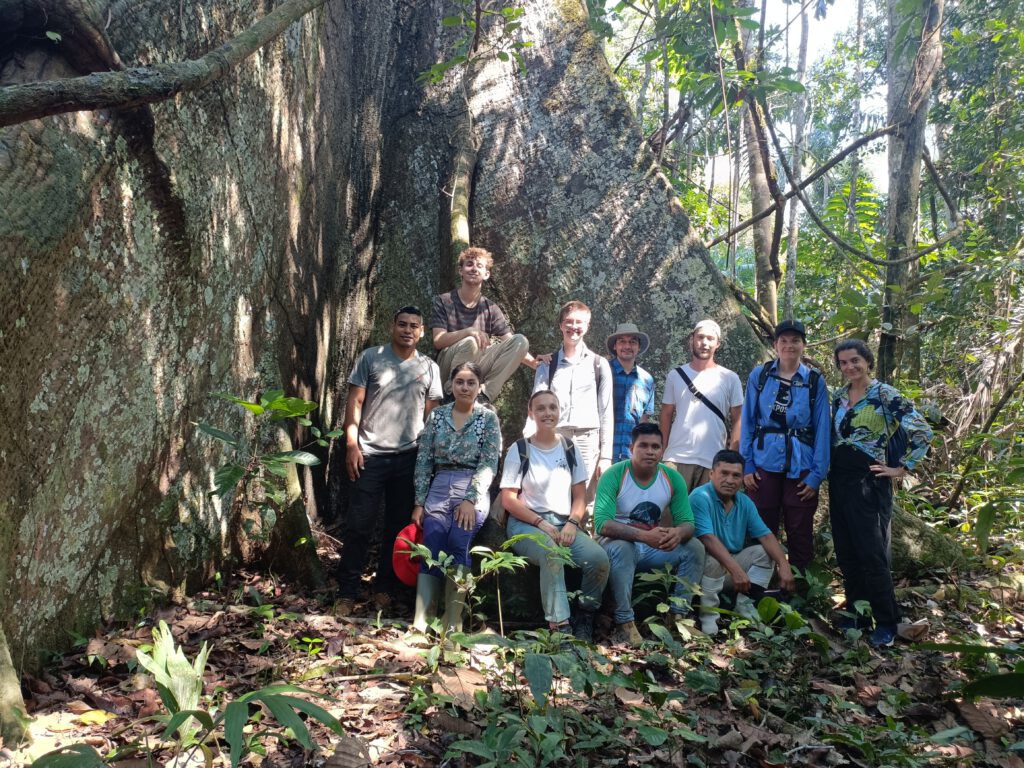
Inside the reserve, we spotted a great diversity of animals and plants, such as the immense centennial ceiba (Ceiba pentandra) where we took our best group picture. We felt the power of the wind and how it could topple the trees of the rainforest. And we even had the chance to watch the sunrise over the Amazon rainforest from a 50 m high tower. We were so awed by the vastness of the forest that we climbed it again before heading back to the city of Puerto Maldonado (Peru).
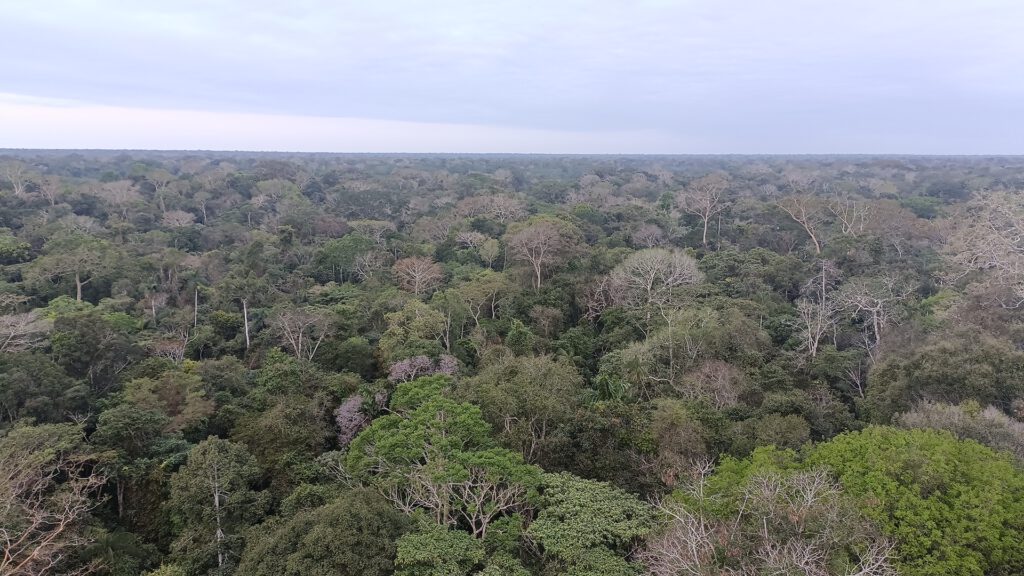
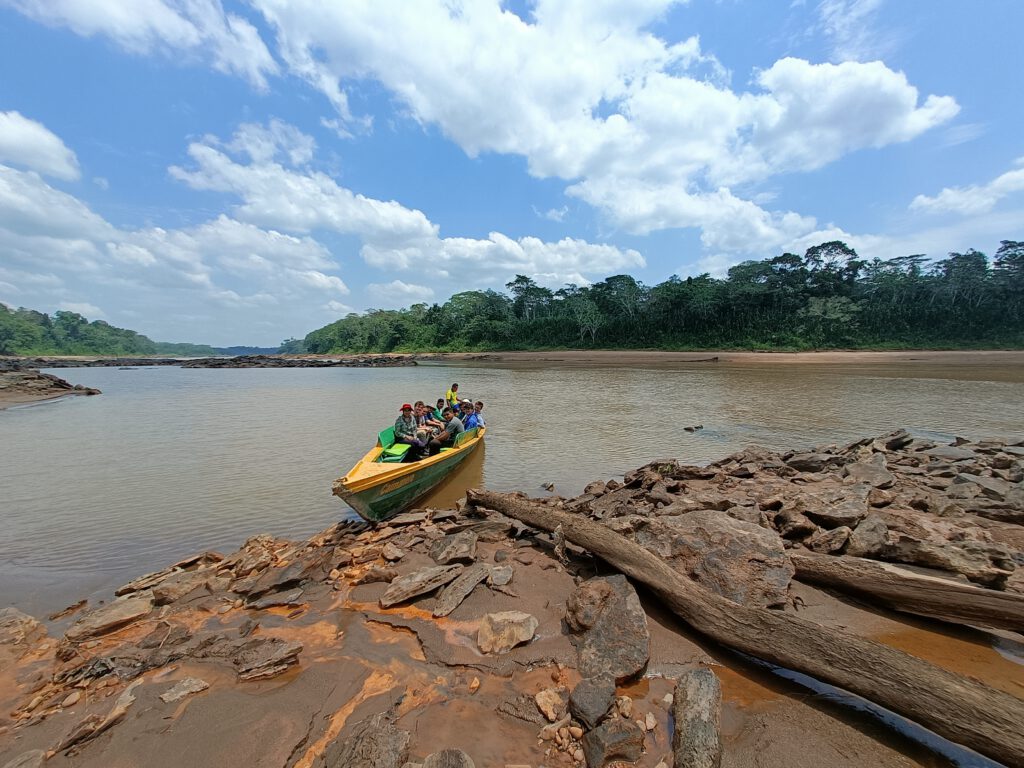
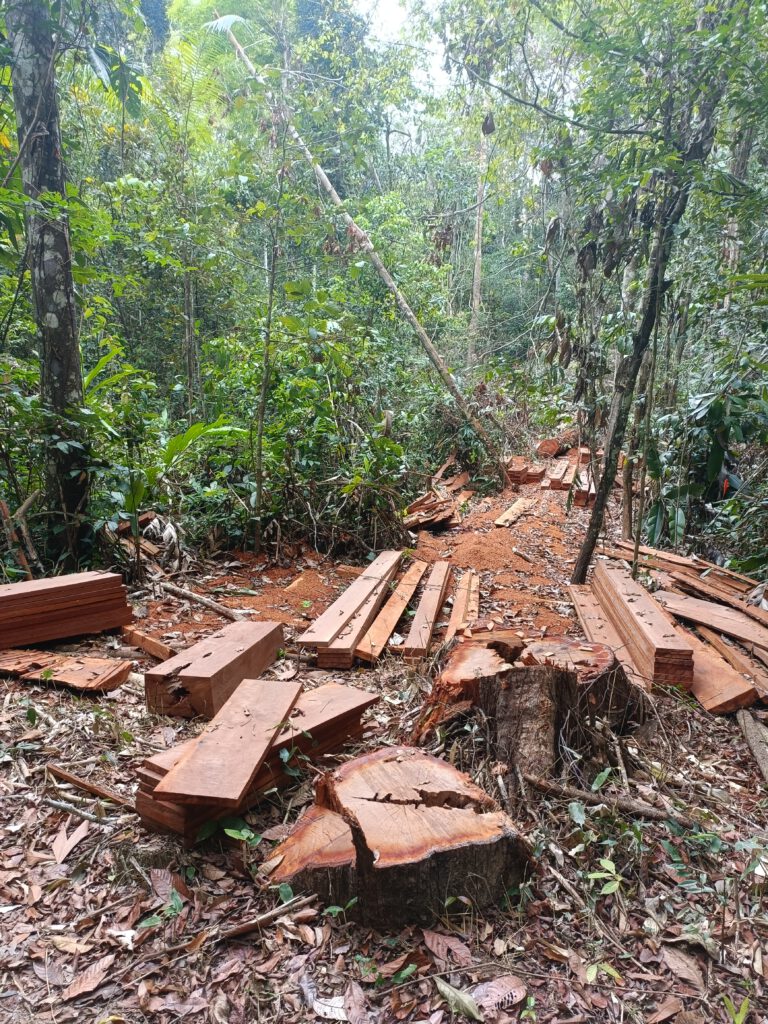
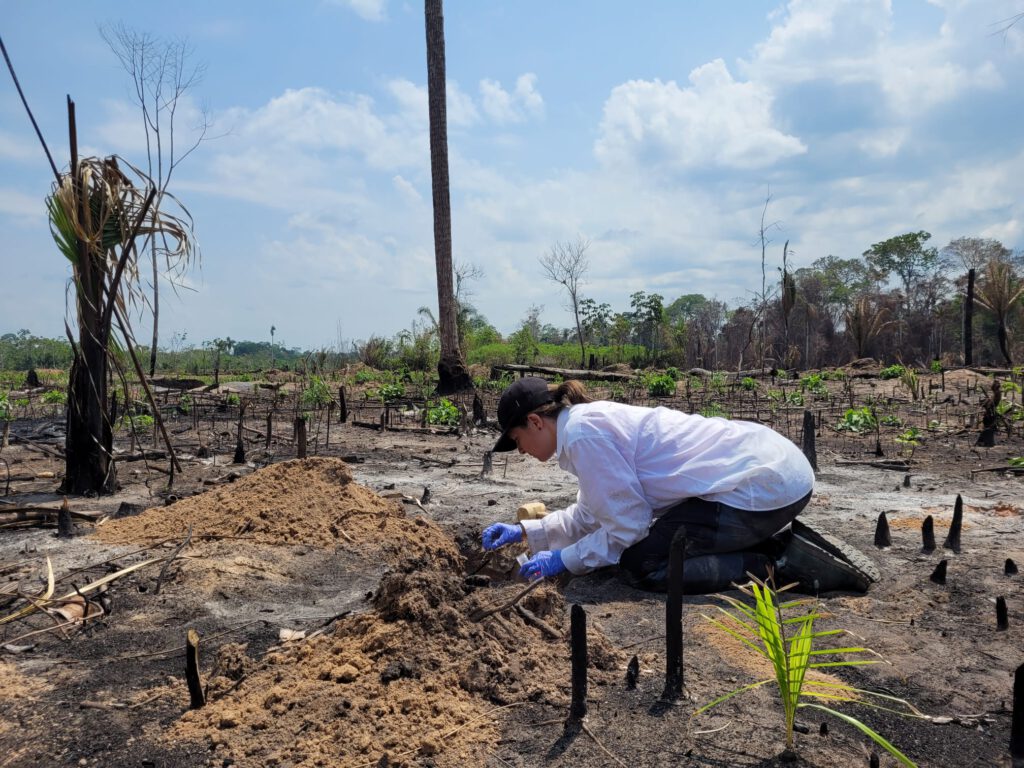
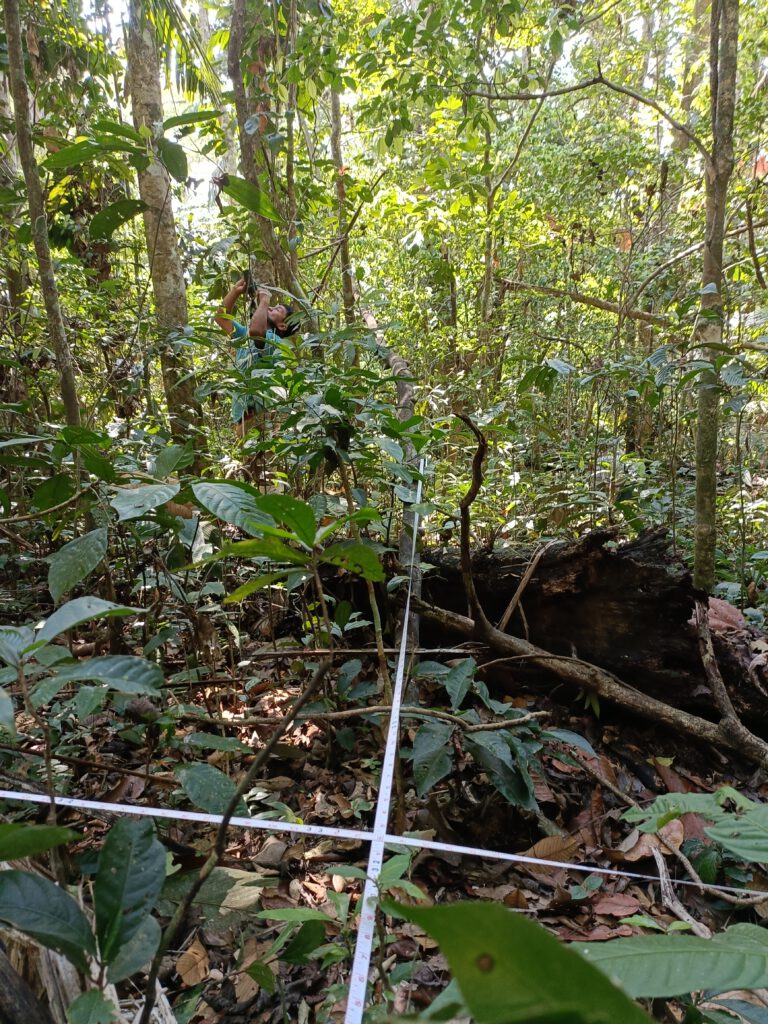
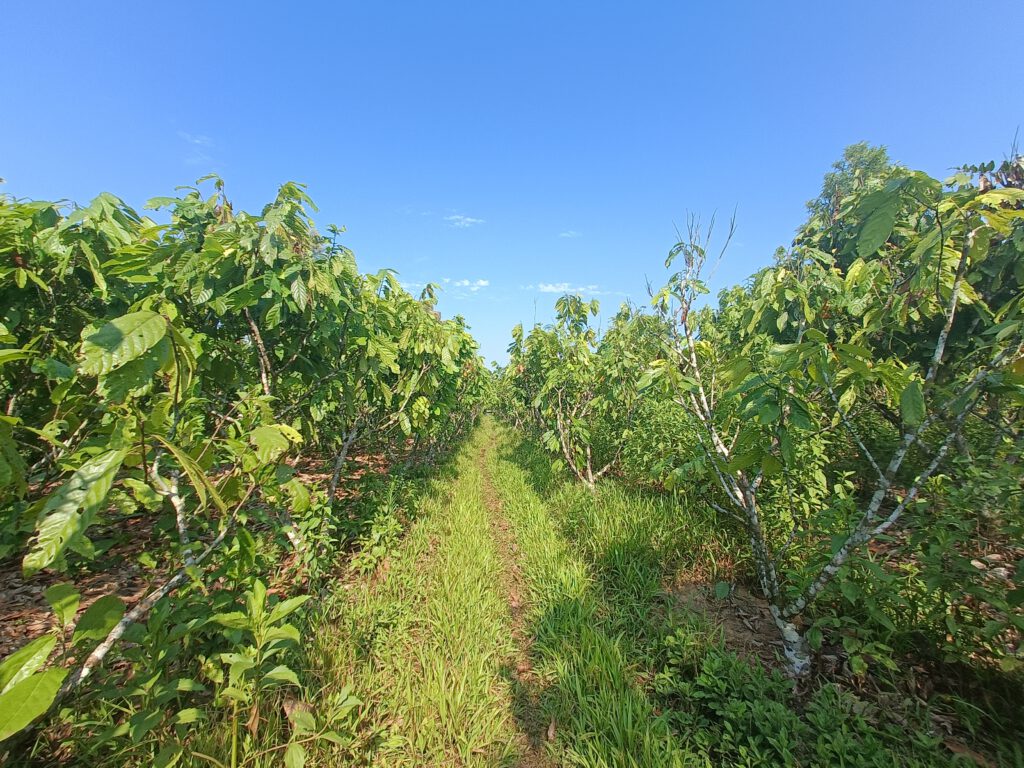
All these striking activities were carried out at the same time as the team chose soil sampling sites to investigate how the microbial biodiversity of tropical soils recovers once the forest has been cleared, used for human activities (pastures, agriculture), and finally abandoned. After the abandonment, the recovery process begins without the active participation of humans (passive regeneration). These “new” forests that have been logged and used are called secondary forests, and some of them are more than 50 years old, so in their tree composition, they most resemble considerably the adjacent preserved primary forests. Well-preserved primary forests in National Reserves are what we call “controls”, the climax of the Amazonian forest with which we aim to compare secondary forests in terms of microbial diversity and functions. The team determined an age and conservation gradient: from young secondary forests (2-5 years old) to secondary forests older than 50 years, with the well-conserved primary forests as controls.
We chose other types of plots outside protected areas in Pando and Madre de Dios: pastures, agroforestry, citrus, banana, and cocoa plantations. That way, we will compare the microbial communities and their functions in areas where the original aboveground diversity of the region is lost (to our controls). As a critical point of conservation, we included soils burned by forest fires that affected the region in August-September 2023, where the layer of ash and charcoal was still fresh. The team could sample some agricultural and forest soils in the MAP region down to a depth of 1 metre and could complete floristic inventories, with the help of a local tree expert. Our next step is to perform physico-chemical and microbiological analyses of the collected soils in the laboratories of the Leibniz University Hannover. After such a positive experience with local landowners, concession holders, students, professors, and researchers we hope that the next one will be one of many times the team will work in the MAP region.
Thank you for your invaluable help in the field and happy 2024 from the PRODIGY team!





